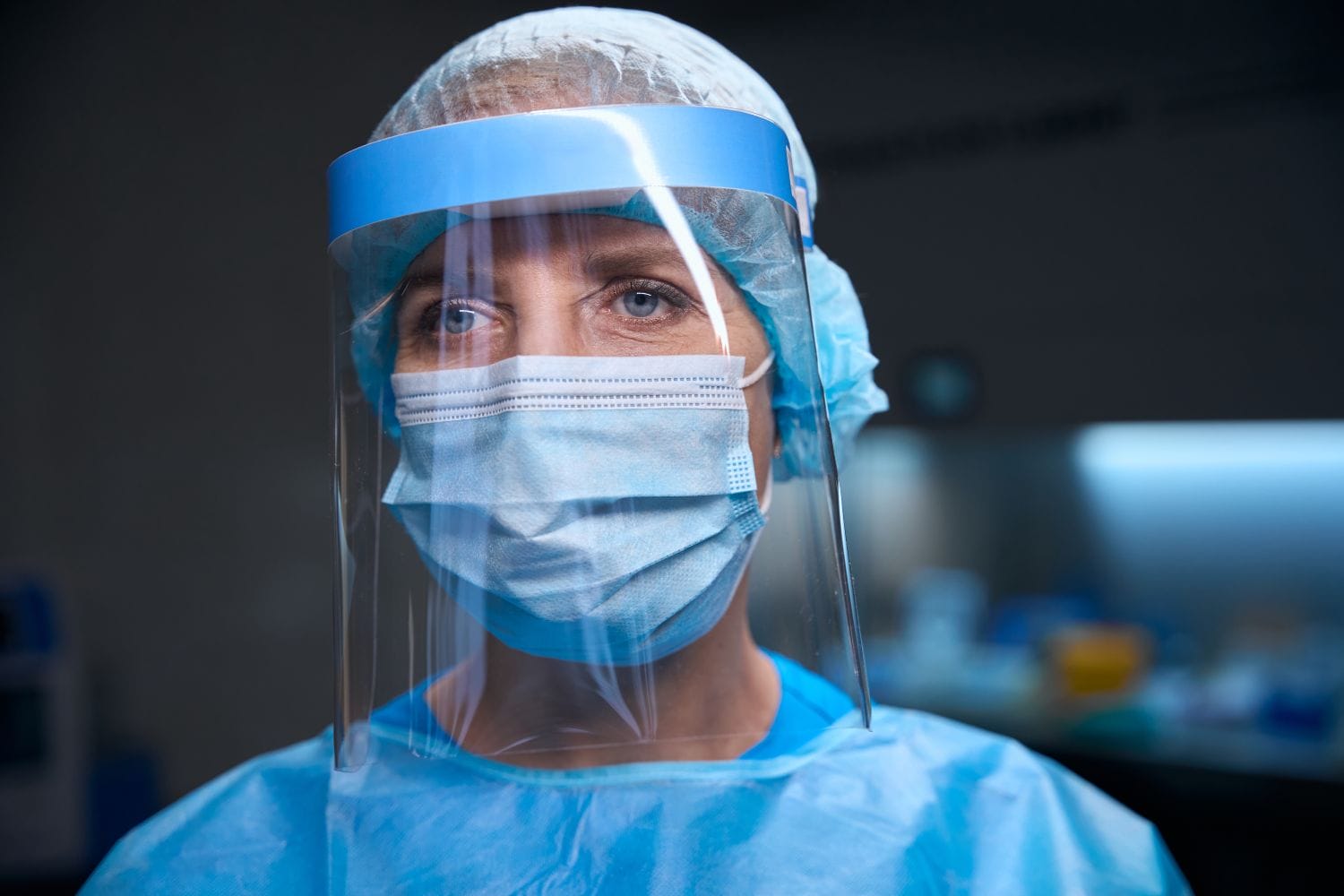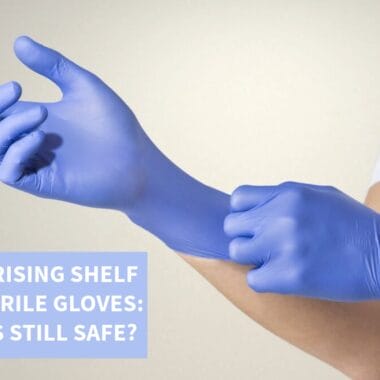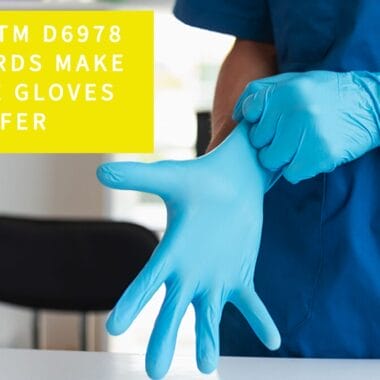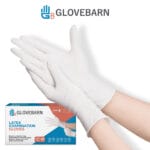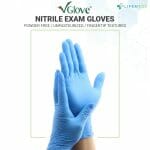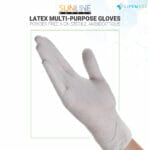What is Medical Grade PPE?
Medical Grade Personal Protective Equipment (PPE) refers to protective gear specifically designed and regulated for use in healthcare settings to protect both healthcare workers and patients from exposure to infectious diseases, hazardous materials, and other health risks. Medical grade PPE includes items such as surgical masks, N95 respirators, gloves, gowns, face shields, and goggles, all of which are subject to rigorous testing and certification to ensure they meet the necessary standards for medical use. These items are essential in preventing the transmission of pathogens, particularly in high-risk environments such as hospitals, clinics, and laboratories.
Why Medical Grade PPE Matters in the Enterprise Environment
In healthcare environments, where workers are constantly exposed to patients with infectious diseases or hazardous materials, medical grade PPE is crucial for maintaining safety and preventing the spread of infections. Medical grade PPE ensures that healthcare workers are adequately protected while performing surgeries, patient care, or diagnostic procedures. Additionally, these items help protect patients from exposure to contaminants carried by healthcare professionals. The use of medical grade PPE is essential for maintaining infection control standards in healthcare settings.
For organizations managing large quantities of PPE, such as hospitals or healthcare networks, enterprise software solutions can assist in tracking the inventory and usage of medical grade PPE, ensuring compliance with regulations, and automating reordering processes to prevent shortages.
Benefits of Medical Grade PPE
Medical grade PPE offers several key benefits that are critical to maintaining safety and hygiene in healthcare settings. These include:
- Infection Control: Medical grade PPE is designed to provide an effective barrier against pathogens, reducing the risk of transmission of infectious diseases between healthcare workers and patients.
- Regulatory Compliance: Medical grade PPE meets stringent standards set by regulatory bodies, such as the U.S. Food and Drug Administration (FDA), the National Institute for Occupational Safety and Health (NIOSH), and the Centers for Disease Control and Prevention (CDC), ensuring it offers reliable protection.
- Durability and Protection: Medical grade PPE is built to withstand demanding environments and provide consistent protection, particularly in high-stress situations like surgeries or emergency care.
- Sterility: Many items of medical grade PPE, such as surgical gloves and gowns, are sterile, ensuring that they do not introduce contaminants into the medical environment.
- Patient Safety: By preventing healthcare workers from transmitting pathogens, medical grade PPE helps safeguard patients, especially those with weakened immune systems or who are undergoing invasive procedures.
The Role of Enterprise Software in Managing Medical Grade PPE
In healthcare organizations, managing medical grade PPE effectively is critical to maintaining a safe working environment for staff and patients. Enterprise software solutions play a vital role in streamlining the procurement, distribution, and tracking of medical grade PPE. These software systems can automate inventory tracking, ensuring that hospitals and clinics always have an adequate supply of PPE available and that equipment is distributed to the appropriate departments.
Software tools can also help healthcare organizations monitor compliance with safety standards, track PPE usage in real time, and generate reports on stock levels, expiration dates, and supplier performance. This ensures that medical grade PPE is used efficiently and that critical shortages are avoided. Additionally, enterprise software can help organizations optimize their PPE supply chain by forecasting future needs based on historical usage data, reducing waste, and minimizing costs.
Types of Medical Grade PPE
There are several types of medical grade PPE, each designed to protect against specific risks and hazards commonly encountered in healthcare settings. The most common types of medical grade PPE include:
- Surgical Masks: These masks provide a physical barrier against large respiratory droplets, splashes, and sprays. They protect both the wearer and the patient by preventing the spread of infectious particles.
- N95 Respirators: N95 masks are designed to filter out at least 95% of airborne particles, including viruses and bacteria. They provide a higher level of protection compared to standard surgical masks.
- Surgical Gloves: Medical grade gloves are typically made from latex, nitrile, or vinyl and are used to prevent cross-contamination during medical procedures. Sterile surgical gloves are used in surgeries, while non-sterile gloves are used for general patient care.
- Medical Gowns: These protective garments are designed to protect healthcare workers from exposure to infectious materials. Surgical gowns are sterile and used in operating rooms, while isolation gowns are non-sterile and used during general patient care.
- Face Shields and Goggles: Designed to protect the eyes, face shields, and goggles provide an additional layer of protection against splashes, droplets, and respiratory particles.
- Shoe and Head Covers: These are worn to maintain sterile conditions during surgeries and other medical procedures, preventing contaminants from shoes and hair from entering the operating environment.
Medical Grade PPE vs. Non-Medical PPE
While both medical and non-medical PPE provide protection against hazards, medical grade PPE is specifically designed and tested for use in healthcare settings. Here’s how they differ:
- Medical Grade PPE: Designed to meet stringent healthcare standards, medical grade PPE is tested and certified to protect against the transmission of infectious diseases and hazardous substances in medical environments. It is regulated by bodies like the FDA and NIOSH and is essential in healthcare settings.
- Non-Medical PPE: This type of PPE is used in general industries such as construction or manufacturing, where protection is needed against physical hazards like dust, chemicals, or debris. While non-medical PPE provides essential protection, it does not meet the specific regulatory standards required for healthcare environments.
Key Industries Using Medical Grade PPE
Medical grade PPE is essential in healthcare settings but is also used in industries where workers are exposed to biological or chemical hazards. Key industries include:
- Healthcare: Doctors, nurses, and healthcare professionals rely on medical grade PPE during surgeries, patient care, and medical procedures to prevent the spread of infections.
- Dental Practices: Dentists and dental hygienists use medical grade masks, gloves, and gowns to protect themselves and patients from contamination during dental procedures.
- Pharmaceuticals: Workers in pharmaceutical manufacturing use medical grade PPE to maintain sterile environments while producing medications and handling hazardous substances.
- Laboratories: Scientists and technicians use medical grade PPE to protect themselves from exposure to biological agents, chemicals, and pathogens during experiments and research.
- Veterinary Medicine: Veterinarians and veterinary technicians use medical grade PPE to protect themselves from infectious diseases and hazardous materials when treating animals.
Conclusion
Medical grade PPE is essential for ensuring the safety of healthcare workers and patients in high-risk environments. By providing protection against infectious diseases, hazardous materials, and other health risks, medical grade PPE helps maintain safe and sterile conditions during medical procedures. Enterprise software solutions play a crucial role in managing the distribution, inventory, and compliance of medical grade PPE, ensuring that healthcare organizations have the protective equipment they need to operate safely and effectively. In healthcare and related industries, medical grade PPE is an indispensable tool for protecting both workers and patients.
« Back to Glossary Index
